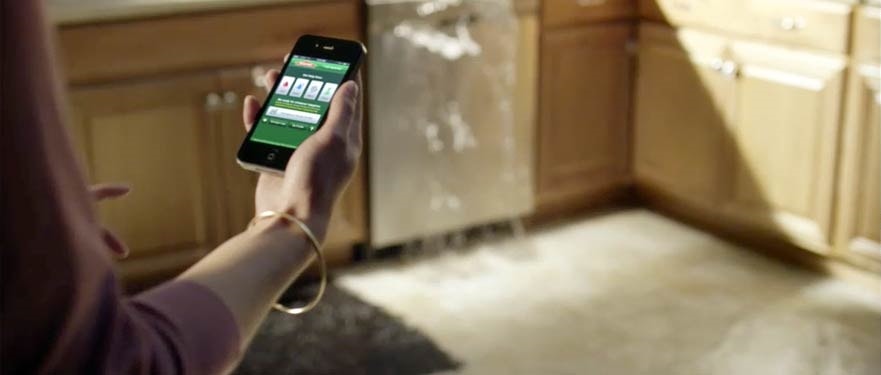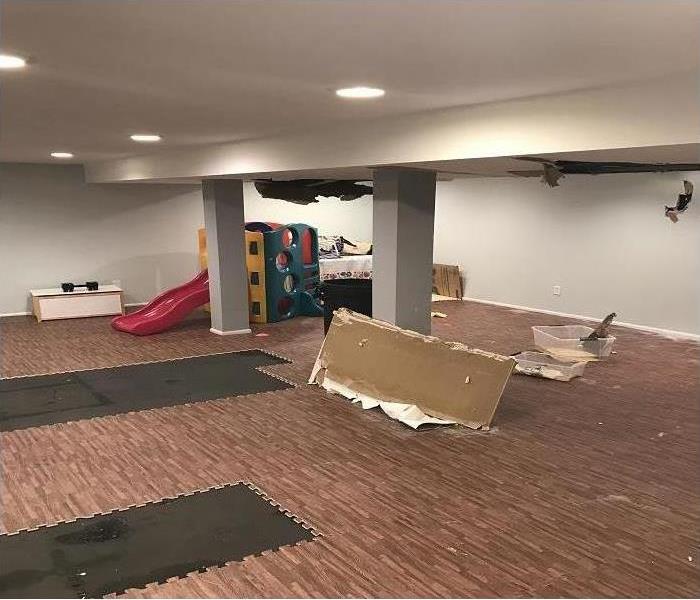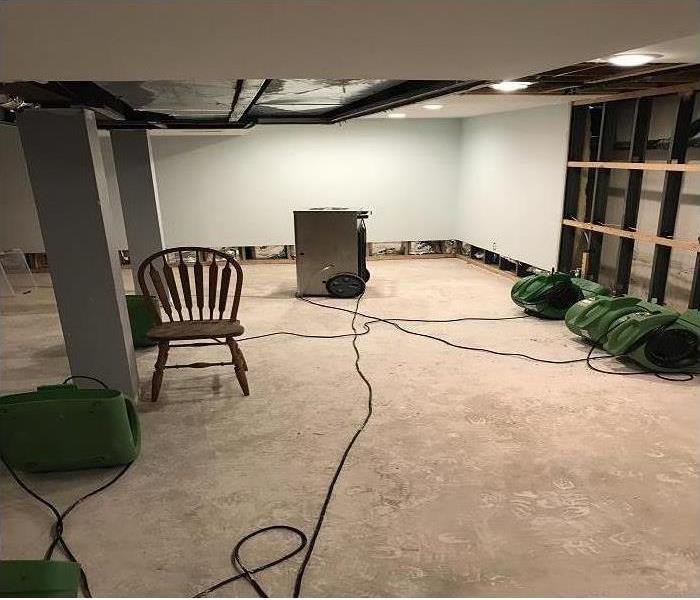
Water Damage Emergency Tips
What you can do until help arrives
Water Tips | Fire Tips | Biohazard Tips | Mold Tips
When facing the aftermath of water damage, safety takes the front seat. Here's your guide to putting safety first:
1. Secure Your Shelter: Evaluate the safety of your surroundings. Is it secure to remain in your current location? Assess potential risks and prioritize your safety.
2. Mind the Hazards: Electrical and "slip and fall" dangers often lurk in water-damaged areas. Exercise caution and vigilance. Don't take unnecessary risks.
3. Proceed with Care: Only engage in activities that you're confident are safe for you to undertake. Listen to your instincts, and if something feels risky, hold off.
4. Heavy Burdens: Remember, waterlogged materials can become extraordinarily heavy. Exercise caution when handling them to prevent injury.
In the wake of water damage, your safety is paramount. Follow these guidelines to ensure you navigate the situation securely.
Have A Water Damage Emergency? Call (201) 201-1123
What To Do After Flooding
- Remove excess water by mopping and blotting.
- Wipe excess water from wood furniture after removal of lamps and tabletop items.
- Remove and prop wet upholstery and cushions.
- Place aluminum foil or wood blocks between furniture legs and wet carpeting.
- Turn air conditioning on for maximum drying in summer.
- Remove colored rugs from wet carpeting.
- Remove art objects to a safe, dry place.
- Gather loose items from floors.
What NOT To Do After Flooding
- Don't leave wet fabrics in place. Hang furs and leather goods.
- Don't leave books, magazines or other colored items on wet carpet or floors.
- Don't use your household vacuum to remove water.
- Don't use television or other household appliances.
- Don't turn on ceiling fixtures if ceiling is wet, and keep out of rooms where ceilings are sagging.



 24/7 Emergency Service
24/7 Emergency Service




